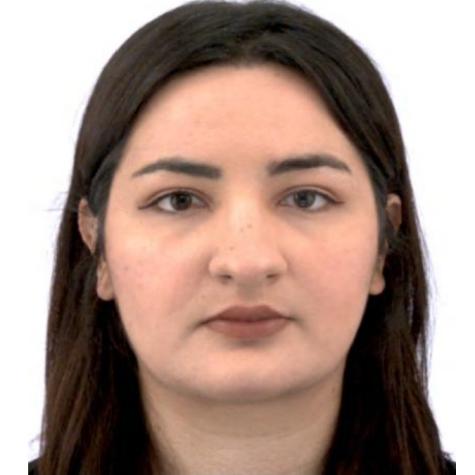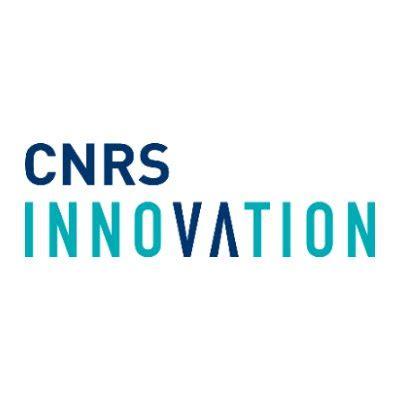Receptor Signaling and Molecular Scaffolds
The communication between cells in the body involves the activation of molecular switches called receptors. In response to external chemical or physical signals, the receptors in turn stimulate a series of molecular partners capable of carrying a biochemical signal inside cells to produce the appropriate cellular response.
G Protein Coupled Receptors (GPCRs), which constitute the largest family of membrane receptors, are implicated in a wide range of human diseases. The functional consequences resulting from their activation depend on their subcellular location and their interaction partners, among which beta-arrestins play a major role. Our team is interested in the modes of activation of these receptors, in the regulation of their expression at the cell surface, in the control of the duration of the cellular signals that they transmit under normal operating conditions or during diseases.
The various molecules participating in receptor signaling and regulation are often organized within multi-molecular complexes supported by scaffolding proteins, whose nature and concentration within a given tissue determine the cellular response both at qualitative and quantitative levels. Beta-arrestins are an example of these scaffolding proteins. We are studying their functions, their physiological regulation and their participation in pathological situations.
The molecular and cellular tools developed in our research programs, in particular those employed to study the interactions between protein partners in intact cells, are also used for the identification of therapeutic molecules targeting receptors, scaffolding proteins or components of key signaling pathways.





























